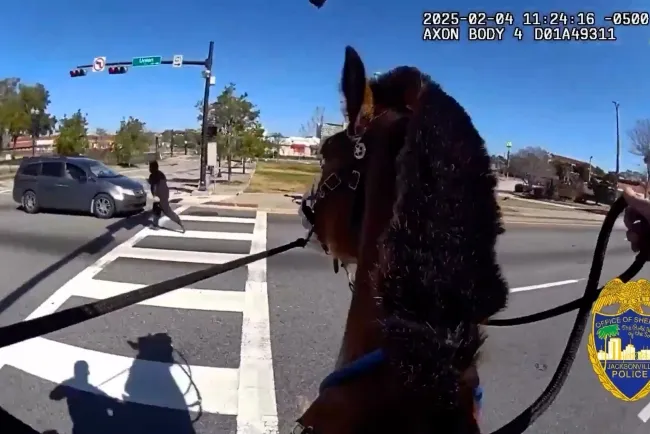Neuralink Aims for Human Trials of BlindSight Chip by 2025
Elon Musk's Neuralink is set to implant its groundbreaking BlindSight chip in humans by the end of 2025, aiming to restore vision for the blind. What does this mean for the future of visual prosthetics?
In a bold announcement during a recent town hall in Wisconsin, Elon Musk revealed that Neuralink's innovative BlindSight chip could see its first human implantation by late 2025. This artificial visual prosthesis is designed to restore eyesight for people who are completely blind, even those who have lost their optic nerves. Musk expressed optimism, stating, "We are hoping later this year to have a first device implant for humans," although he acknowledged the initial resolution of vision would be low.
Technology Behind BlindSight
The BlindSight chip utilizes a microelectrode array implanted in the brain's visual cortex, which processes visual information. This device has shown promising results in animal testing, specifically in monkeys, where it successfully stimulated neurons in the visual cortex. Musk emphasized the potential of this technology to enable individuals blind from birth to see for the first time by relaying visual patterns from a camera directly to the brain.
Regulatory Milestones
The U.S. Food and Drug Administration (FDA) granted the BlindSight chip breakthrough status in September 2022. This designation is aimed at expediting the development and review of medical devices designed to treat life-threatening conditions. However, experts caution that this status does not equate to a definitive cure for blindness. Philip Tro, a biomedical engineer at the Illinois Institute of Technology, highlighted that the technology should be viewed as an augmentation to existing aids like canes and guide dogs rather than a complete replacement.
Skepticism and Criticism
Despite the excitement surrounding the announcement, there has been skepticism regarding Musk's claims about the device's capabilities. Critics argue that while the technology is promising, it is still in the early stages of development and may not deliver on the lofty expectations set by Musk.
Conclusion
As Neuralink gears up for its ambitious timeline, the implications of the BlindSight chip extend beyond just restoring vision. The project could redefine how we approach visual impairments and expand the possibilities for brain-computer interfaces. As we await further developments, the intersection of technology and medicine continues to spark engaging discussions on the future of human capabilities.
What's Your Reaction?

















